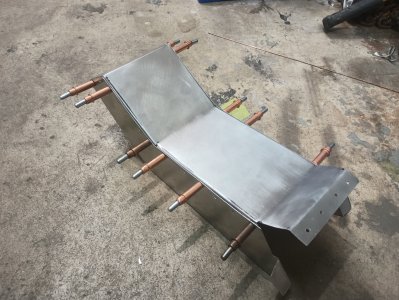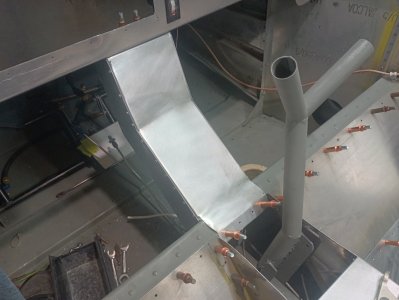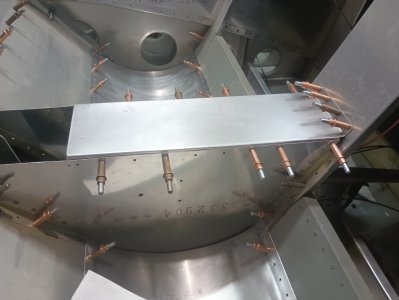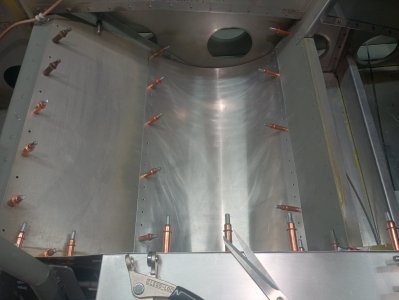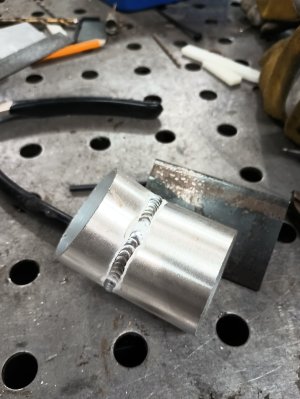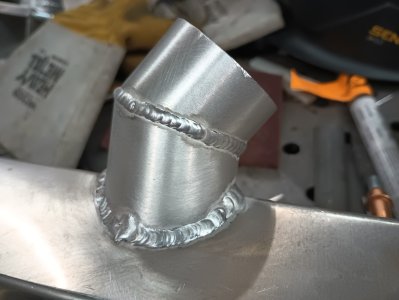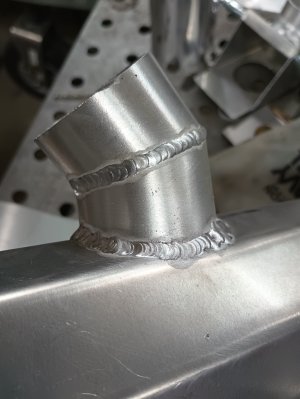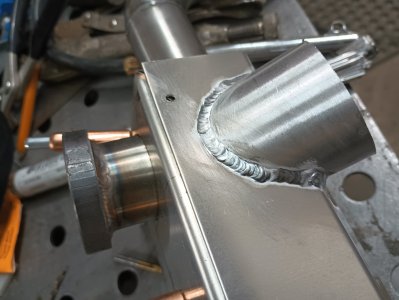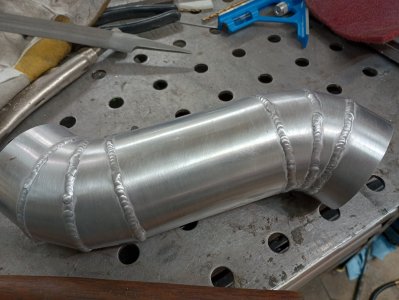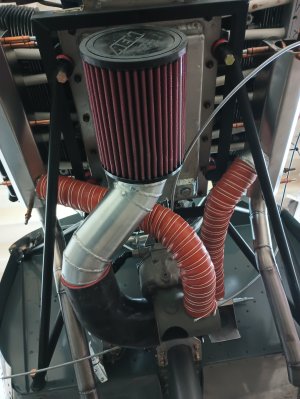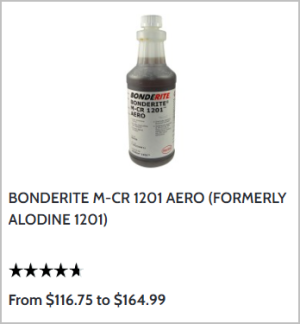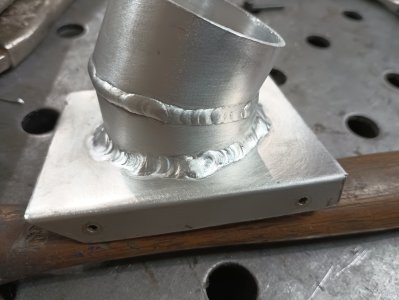I worked on this plane as a teenager, many moons ago. It was in the basement of Centennial Planetarium.
 thehangarmuseum.ca
thehangarmuseum.ca
For kicks I just had to check the price of aircraft ply & spruce (HOLY $HIT)

 www.aircraftspruce.ca
www.aircraftspruce.ca

 www.aircraftspruce.ca
www.aircraftspruce.ca
SOPWITH TRIPLANE | The Hangar Flight Museum
For kicks I just had to check the price of aircraft ply & spruce (HOLY $HIT)

Finnish Birch 2Mm X 48 X 48 Plywood - Corby Starlet | Aircraft Spruce Canada
Finnish Birch 2Mm X 48 X 48 Plywood - Corby Starlet Quality Birch Aircraft grade plywood.

Spruce Spar Stock | Aircraft Spruce Canada
Spruce Spar Stock Our spars are available either S2S (surfaced 2 sides, top & bottom, with rough edges in 4

